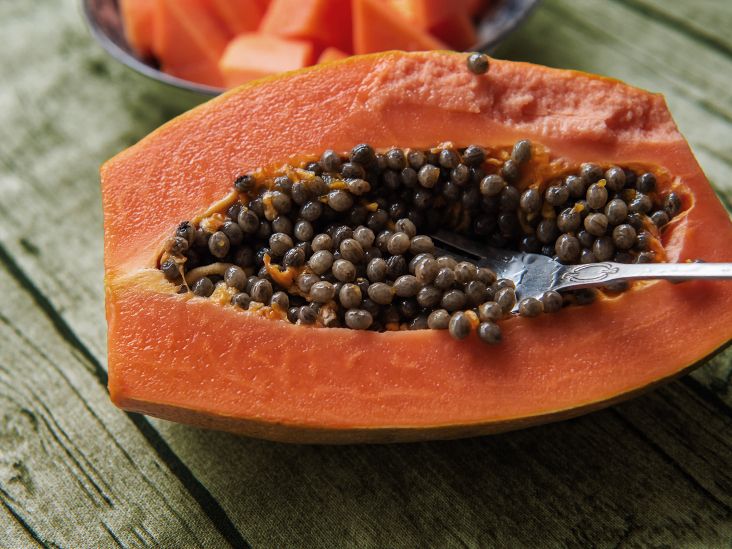- This topic is empty.
- AuthorPosts
- January 21, 2025 at 11:13 pm #542979

Papaya seeds (paw-paw seeds) have been shown to be anti-inflammatory as vitamin C and compounds such as alkaloids, flavonoids, and polyphenols are abundant in papaya seeds. All of these substances have anti-inflammatory properties. As a result, they can help prevent and reduce inflammation in diseases like gout and arthritis.
The taste, nutrition, and health benefits of papaya fruit are well known, but few people are aware of the enormously beneficial papaya seeds, which are typically discarded. These tiny round seeds are edible and, if consumed in moderation, are beneficial to our health.
Regarding how to plant papaya seeds, after the seeds ripen in the fall, they are usually sown directly in the ground or in deep tree containers. Stratification can also be simulated in a refrigerator set to 32-40 degrees Fahrenheit (0-4 C.). Pawpaw seeds should be sealed in a Ziploc bag with moist but not wet sphagnum moss for this method.
To break dormancy, the seed requires 70-100 days of cold, moist stratification. This is possible by sowing the seed late in the fall and allowing it to overwinter; the seed will germinate the following year in late July to late August.
After stratification, sow the seed 1 inch (2.5 cm) deep in a well-aerated soil mix with a pH of 5.5-7 and an optimum temperature of 75o-85oF. (24o– 29o C). To accommodate the long taproot, use tall containers such as tree pots (ht. 14′′-18′′/35-45 cm) or root trainers (ht. 10′′/25 cm).
When the tap root radical emerges, plant the sprouted seed in a pot as described above. Provide dappled sunlight to seedlings; full sun will scorch the leaves of first-year seedlings. Seed grown pawpaws will bear fruit in 5-8 years if properly cared for.
- AuthorPosts
- You must be logged in to reply to this topic.

